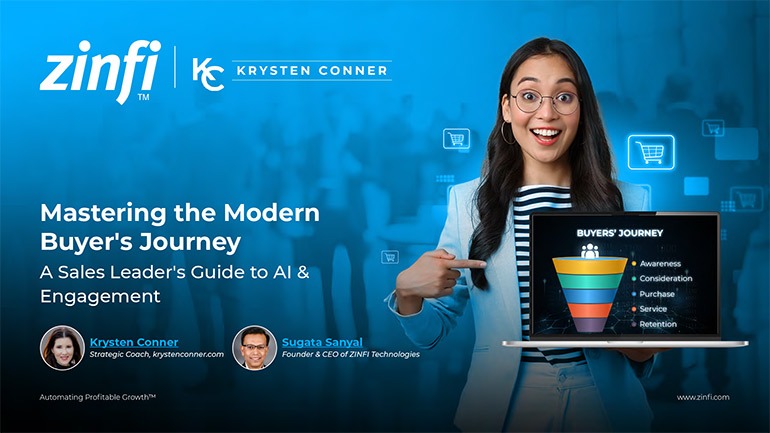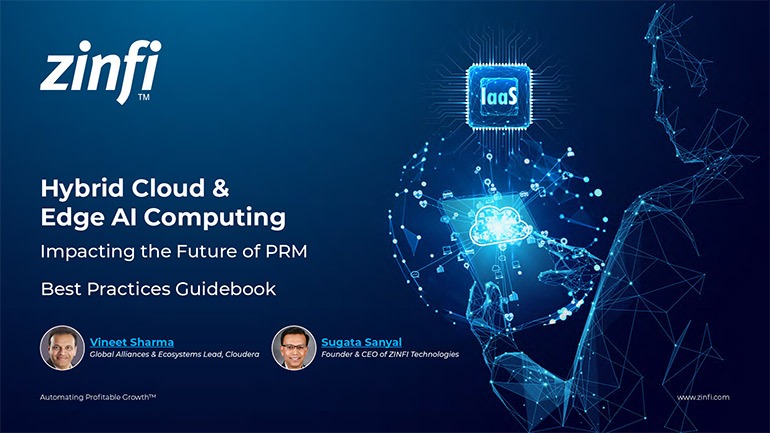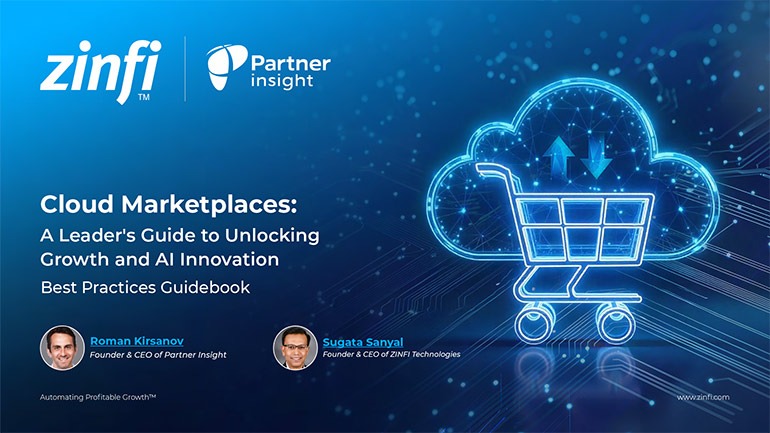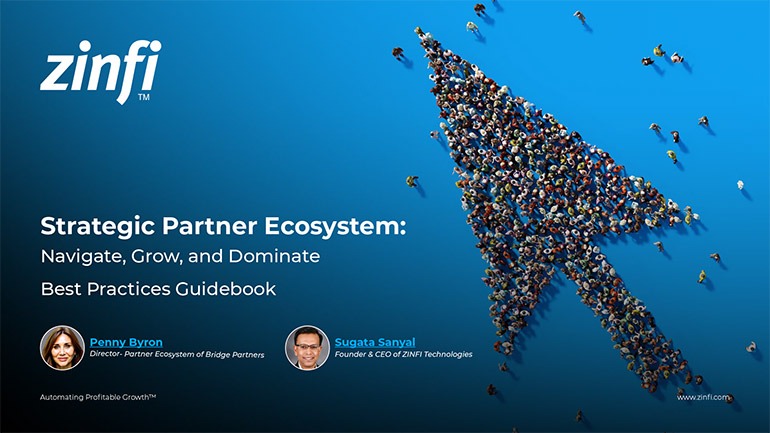Glossary - What is - Activation Strategy
What is an Activation Strategy?
An activation strategy is a plan to initiate operations, launch products, or stimulate engagement with a new initiative, service, or brand. This strategy creates initial momentum and awareness, converting passive audience members into active participants or customers. In marketing, activation strategies often involve a combination of events, promotions, digital campaigns, and targeted communications designed to capture attention and drive interaction.
An activation strategy is essential for engaging new partners and re-engaging existing ones in partner ecosystem management and partner management automation. It helps ensure partners are fully prepared, motivated, and equipped to market and sell products effectively. Automation tools play a critical role in deploying these strategies efficiently, ensuring that all partners receive the necessary information and resources to activate promptly and effectively.
Key Takeaways
- Comprehensive Onboarding Processes: Effective activation strategies include thorough onboarding processes that provide partners with all the necessary training, resources, and support to begin engaging with their tasks immediately. Automation can streamline these processes, from registration through training to complete activation, ensuring a smooth transition. Using AI in the Onboarding Process.
- Targeted Communication Campaigns: Activation strategies often use targeted communication to inform, inspire, and mobilize partners or customers. These campaigns might include email marketing, social media engagement, and personalized outreach. Automated tools help tailor messages based on user behavior and preferences, enhancing the effectiveness of these communications.
- Early Engagement Incentives: Offering incentives for early engagement can significantly boost an activation strategy. These might include limited-time offers, exclusive access to products or services, or special pricing. Automation ensures that such incentives are managed correctly and distributed fairly, encouraging swift action. More on Incentive Management.
- Performance Monitoring and Feedback: Monitoring the performance of an activation strategy is crucial for understanding its effectiveness and identifying areas for improvement. Automated systems provide real-time data and analytics that help measure engagement levels and overall success, allowing for rapid adjustments to the strategy as needed.
- Scalability and Adaptability: An effective activation strategy must be scalable and adaptable to different markets and conditions. Automation tools support this by enabling quick modifications to the plan based on market feedback and changing conditions, allowing for broader or more focused applications as necessary.
Summary of Takeaways
An activation strategy is critical to launching new initiatives and ensuring they gain traction quickly and effectively. It involves detailed planning and execution across onboarding, communication, incentives, and performance monitoring. Automation enhances these components, making strategies more effective and adaptable to changing circumstances.
Key Examples
- Automotive Manufacturing: Launching a new model with an event that lets key dealers experience it first-hand.
- Consumer Electronics: Introducing a new gadget with exclusive pre-order benefits for the first 100 buyers.
- Energy Production: Rolling out a new sustainable energy solution with a webinar series to educate potential clients.
- Financial Services: Starting a new financial product with an introductory offer for early adopters.
- Food and Beverage: Introducing a new line of products with sampling events at central retail locations.
- Healthcare Services: Implementing a new patient care technology with training sessions for healthcare providers.
- Information Technology: Releasing new software with a free trial period to attract new users.
- Pharmaceutical Development: Launching a new medication with a partnership program for leading healthcare facilities.
- Retail Industry: Opening a new store with special opening day discounts and promotions.
- Telecommunications: Introducing a new service bundle with competitive pricing for the first six months.
Conclusion
Activation strategies are crucial for successfully introducing new initiatives and ensuring they reach their target audience effectively. With the support of automation tools, these strategies can be implemented more efficiently, tailored to specific needs, and adjusted based on performance data, ensuring maximum impact and engagement.
Associated Keywords:
- Product Launch Strategy
- Partner Engagement Activation
- Activation Of Campaign Management
















